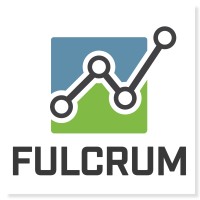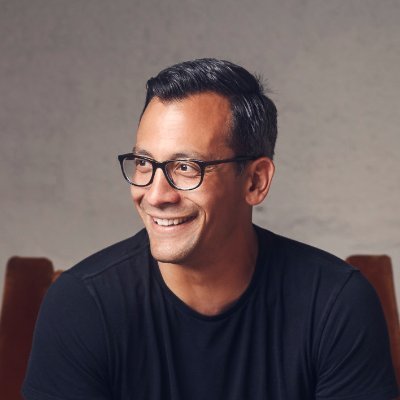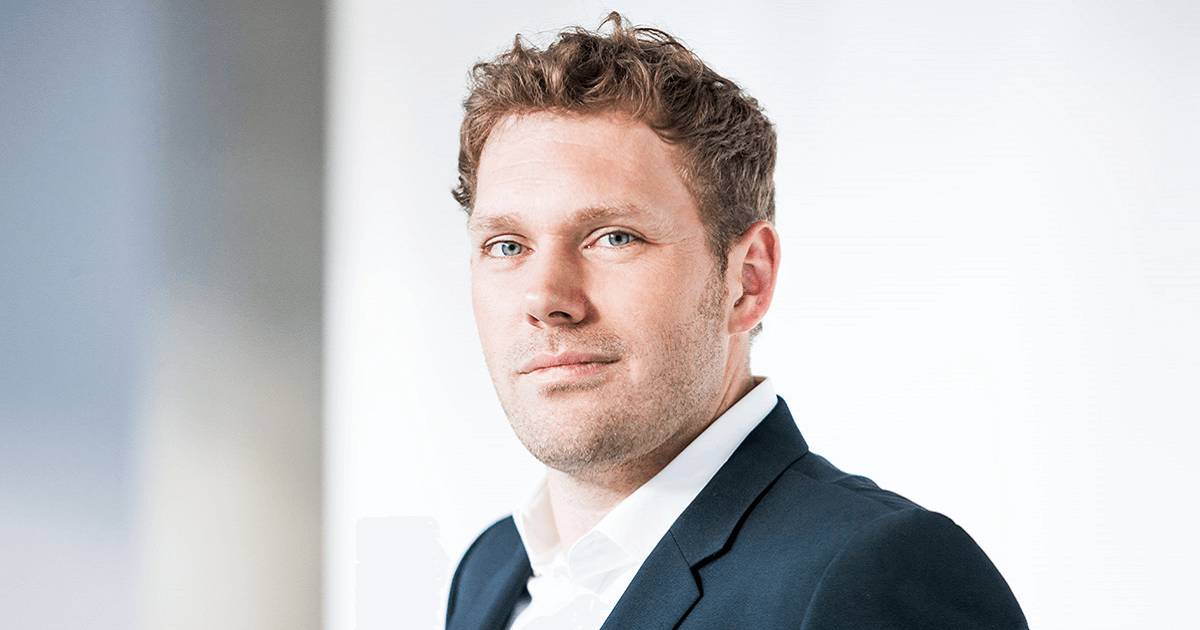Ready to build your own Founder-Led Growth engine? Book a Strategy Call
Frontlines.io | Where B2B Founders Talk GTM.
Strategic Communications Advisory For Visionary Founders
Actionable
Takeaways
Leverage Market Trends for Product Pivoting:
John’s pivot from a social app for moms to a chat API was driven by the rising popularity of messaging platforms like WhatsApp and WeChat. Stay attuned to market trends and be ready to pivot your product to meet new demands.
SEO as a Growth Strategy:
Sendbird’s early success was significantly boosted by optimizing for specific keywords such as "chat API" and "chat SDK." Ensure your marketing strategy includes strong SEO practices to drive organic growth and inbound leads.
Customer-Centric Development:
Constantly engage with your customers to understand their needs. John emphasized the importance of talking to customers regularly and using their feedback to guide product development and improvements.
Strategic Marketing Team Building:
As your company grows, evolve your marketing efforts from generalist approaches to specialized roles like demand generation and product marketing. This transition can help in effectively scaling your marketing operations and driving targeted growth.
Conversation
Highlights
From Mom App to Unicorn: Sendbird’s Remarkable Journey
In the fast-paced world of tech startups, pivots can make or break a company. For Sendbird, a customer communications platform that has raised over $220 million in funding, a crucial pivot led to explosive growth and unicorn status. CEO and co-founder John Kim shares the company’s fascinating journey from a struggling mom-focused app to a communication giant handling over 320 million monthly active users.
The Accidental Discovery
Sendbird’s story begins in 2013, not as a communication platform, but as a location-based service for moms. Kim recalls, “We’re trying to really create a community for moms. So it’s a location-based service, trying to help moms connect with other moms in your area with similarized kids.”
Despite growing to about a quarter-million users, the app began to slow down. Then, an unexpected user behavior caught the team’s attention. Kim explains, “We start to see a lot of our moms try to chat in the comment section, or like, okay, well, it was supposed to be answer about the question, but they’re talking about their in-laws trash talking about their husband.”
This observation led to a critical realization: “We actually want messaging feature in our own application. That’s where we got the first idea for Sendbird.”
The Pivot That Changed Everything
In a move that would define the company’s future, the team decided to create a chat SDK from their messaging feature. Kim shares, “We did a hackathon, pulled that out to the side and made it into SDK, started selling that on the side, quickly, got some revenue.”
The contrast was stark. While their mom app had generated zero revenue for two and a half years, this new product started bringing in paying customers almost immediately. The team applied to Y Combinator, got accepted, and launched to the world in January 2016.
Lessons from Y Combinator
Y Combinator’s influence on Sendbird’s growth strategy was significant. Kim emphasizes their core advice: “YC has a saying, talk to customers and build product. Or they say, used to say write code and try to do nothing else.” This laser focus on customer needs and product development became a cornerstone of Sendbird’s approach.
The Harsh Reality of Selling to Startups
As Sendbird grew, they faced the harsh realities of the B2B SaaS world. Initially targeting startups in gaming and social networking, they soon discovered the volatility of this market. Kim reflects, “You start getting this email from the founders that you sold in the early days, like year later, they’re like, ‘John, I’m sad to say this, but we’re shutting down our company. We ran out of money.'”
This experience led to a crucial pivot in their customer strategy. Kim explains, “Over time, more and more customers in the mid-market to enterprise categories start to survive over longer term period.” This natural evolution pushed Sendbird towards larger, more stable clients in industries like food delivery and marketplaces.
The Marketing Evolution
Sendbird’s marketing approach evolved significantly as the company grew. In the early days, it was a DIY effort. Kim recalls, “Initially all of our marketing was basically me and one other guy trying to read up on how to do SEO. Oh, we have to take turns and write blog posts.”
As the company scaled, they developed specialized marketing functions and learned to work with external agencies. Kim emphasizes the importance of scaling through people: “Ultimately, companies scale mostly through people. So by bringing on people, we took this company this far, now we have to bring on some professional leadership.”
Reflections on Success
Despite Sendbird’s impressive growth, Kim maintains a humble perspective: “I think everything’s wrong. We can do far better. One of our core values called better than the best, we believe there’s always a way to do things better.”
However, he acknowledges two key factors in their success: customer obsession and inclusive culture. Kim shares, “I, on a weekly basis, I talk to anywhere between two to five customers every single week.” This dedication to understanding customer needs has been crucial to Sendbird’s growth.
The Road Ahead
Today, Sendbird handles over 320 million monthly active users, with over six billion end-users. But Kim’s ambitions don’t stop there. He envisions Sendbird becoming “the largest messaging app in the world that nobody knows about,” aiming to reach billions more users in the coming years.
Sendbird’s journey from a failed mom app to a unicorn is a testament to the power of pivoting, customer focus, and continuous improvement. As they continue to innovate in the customer communications space, Sendbird’s story serves as an inspiration for startups navigating the challenging world of B2B SaaS.












































